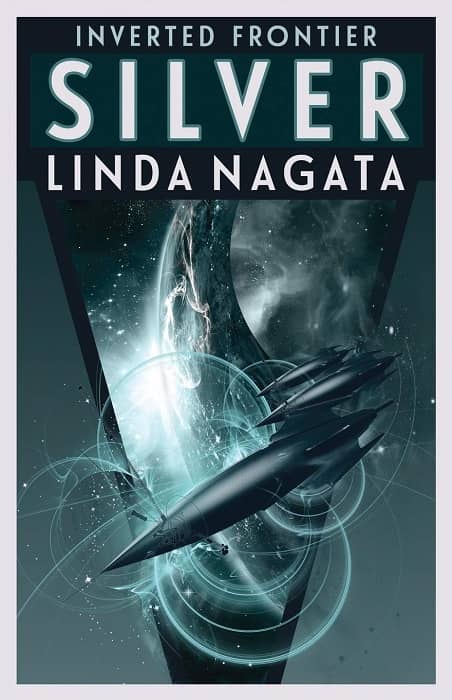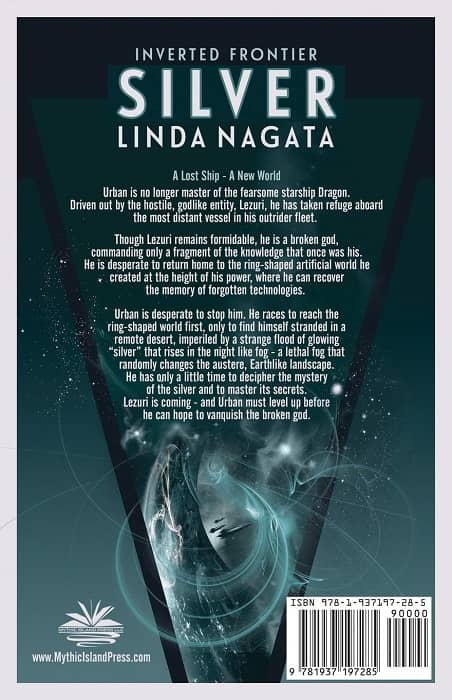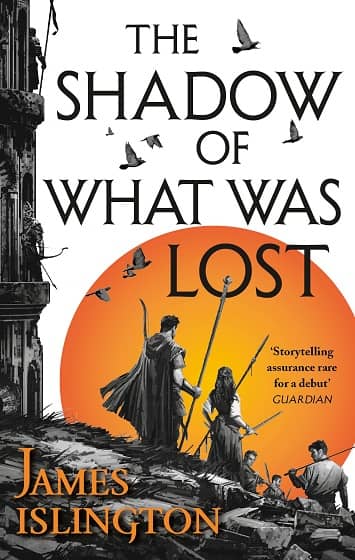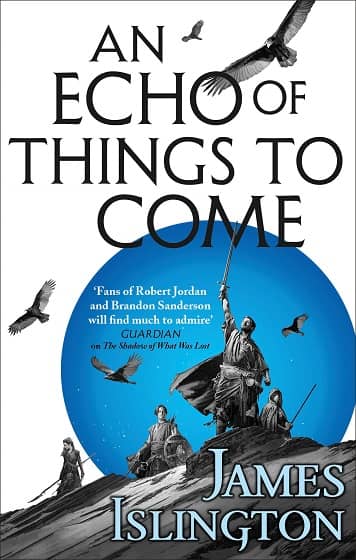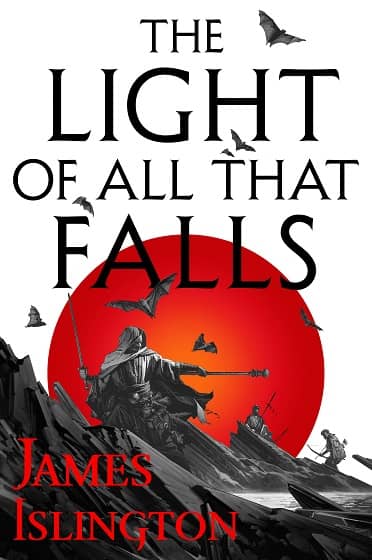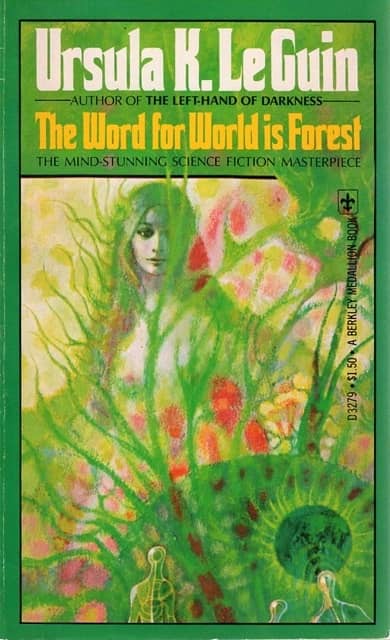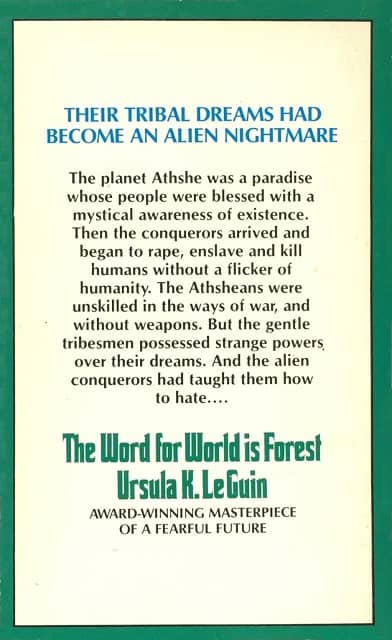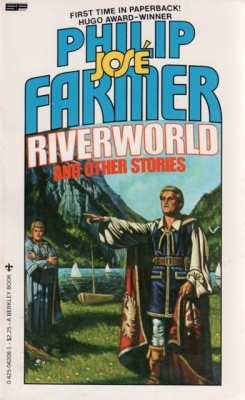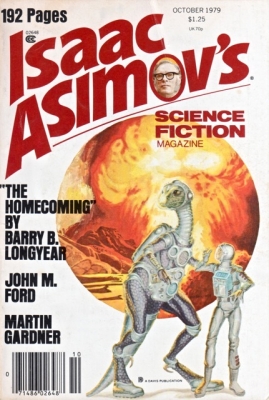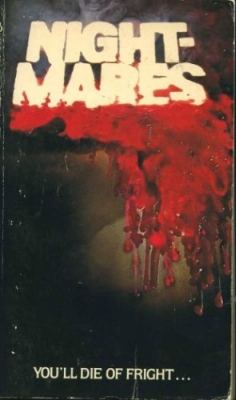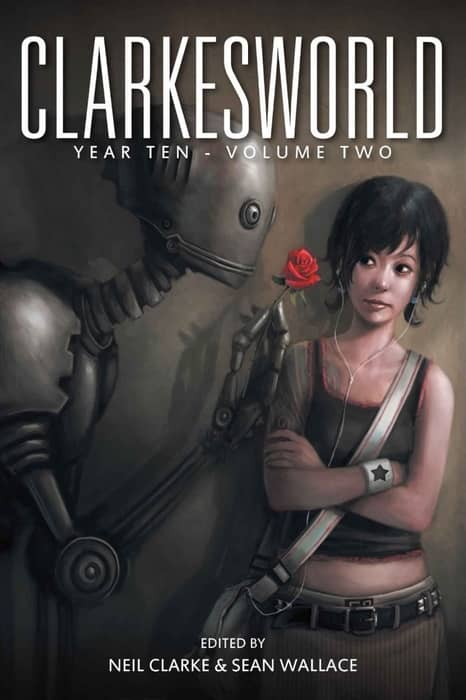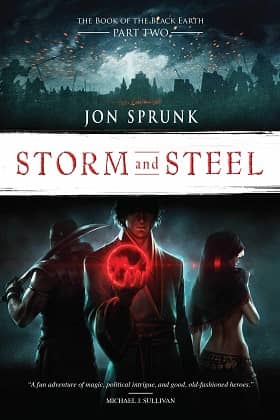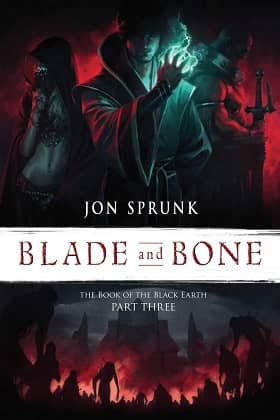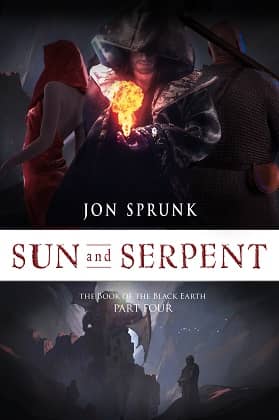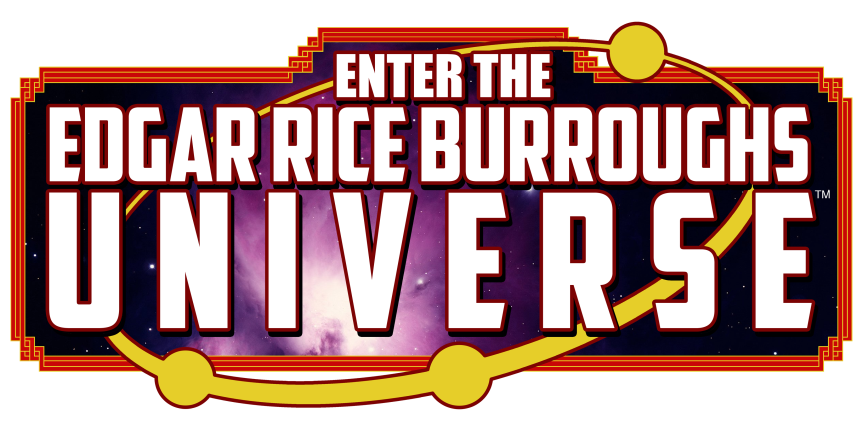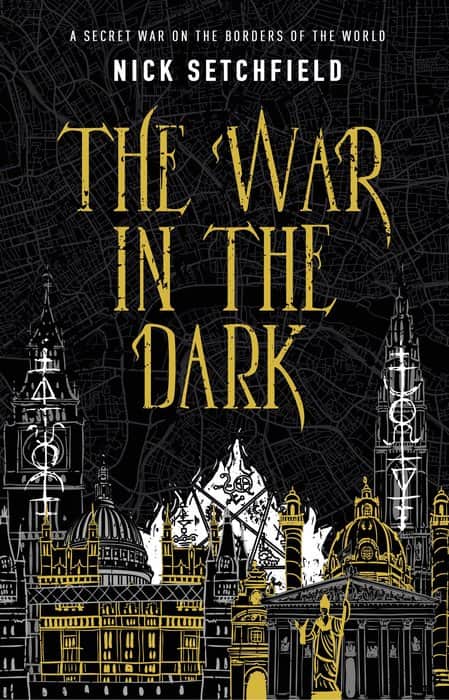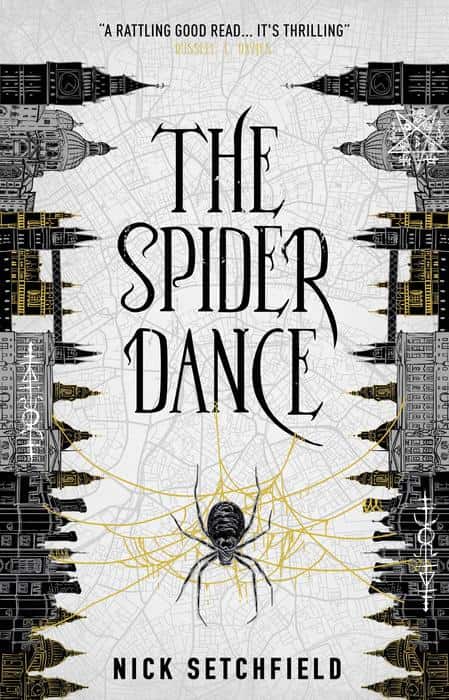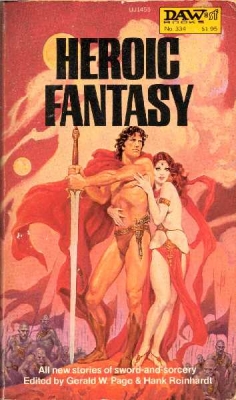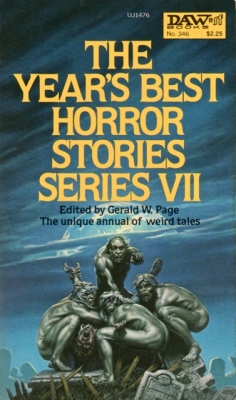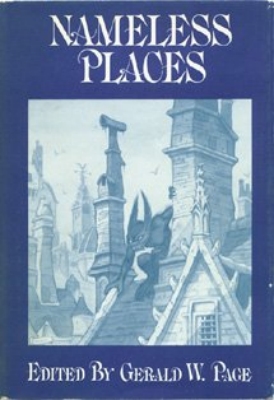Future Treasures: Stars Beyond, Book 2 of Stars Uncharted by S. K. Dunstall
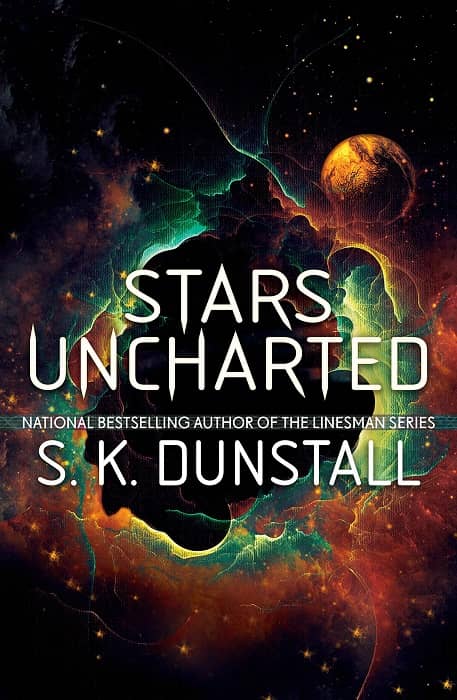 |
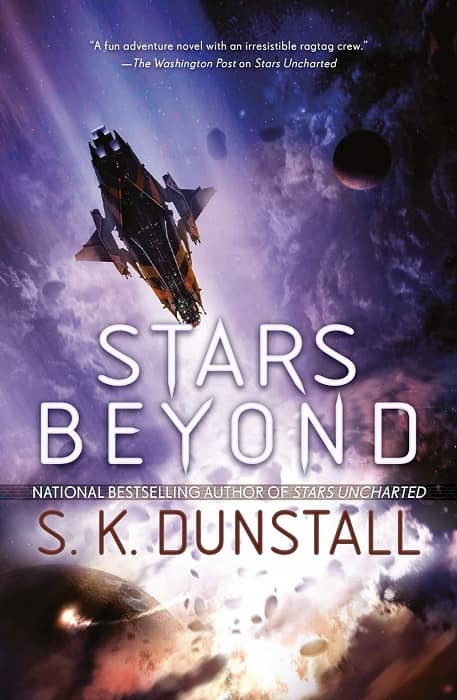 |
Cover art by John Harris and Fred Gambino
S. K. Dunstall has rapidly become one of my favorite science fiction writers.
OK, that’s not entirely accurate, but not because of any deficit in my admiration. It’s because “S. K. Dunstall” is actually two people, the sibling writing team of Sherylyn and Karen Dunstall. I wrote about their splendid Linesman Trilogy from Ace Books in 2016 (which I consumed in the audible version narrated by Brian Hutchison, and which I highly recommend), and last year I alerted you to the release of Stars Uncharted, the opening novel in a new series about a band of explorers who make the greatest find in the galaxy, which John DeNardo said “Combines the best parts of space action and space opera.” The sequel Stars Beyond arrives next month, and it’s one of my most anticipated books of 2020. Here’s what Everdeen Mason at The Washington Post said about Stars Uncharted in her list of the Best science fiction and fantasy books of August 2019.
Nika Rik Terri and Josune Arriola are two women on the run from corporate gangsters in a future where humans lay claim to multiple planets and colonies across the galaxy. Explorers and companies alike seek maps to long-lost worlds, where they hope to find precious resources. Nika is a body modifier who redesigns people into works of art, but she leaves all she’s built to escape from an abusive boyfriend and the company he works for. Josune is a crew member of the explorer ship Hassim and has infiltrated a rival explorer ship. But when she tries to return to the Hassim, Josune finds that the company has wiped out her crew, and now she’s a target…. This is a fun adventure novel with an irresistible ragtag crew.
Stars Beyond will be released by Ace Books on January 21, 2020. It is 407 pages, priced at $16 in trade paperback and $9.99 in digital formats. The cover is by Fred Gambino. Read the complete 15-page first chapter of Stars Uncharted here, and see all our recent coverage of the best upcoming SF and fantasy here.
